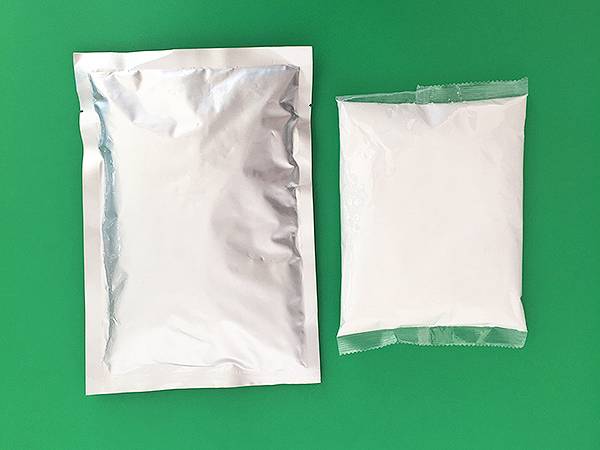



Sodium Hydroxide (NaOH) - GHS Safety Information and Usage Guide
Understanding the GHS Labeling for NaOH (Sodium Hydroxide)
The Globally Harmonized System of Classification and Labeling of Chemicals (GHS) provides a standardized framework for the classification and labeling of hazardous chemicals to enhance safety and communication in workplaces worldwide. Sodium hydroxide (NaOH), commonly referred to as caustic soda, is a highly useful yet hazardous chemical widely used in various industries, including manufacturing, food processing, and water treatment. Proper understanding of its GHS label is crucial for ensuring safety during handling and usage.
Key Components of the GHS Label for NaOH
A GHS label consists of several essential components, including pictograms, signal words, hazard statements, and precautionary statements. Each element serves to communicate specific information about the chemical’s hazards and necessary safety measures.
1. Pictograms The GHS pictograms for NaOH include a corrosion symbol (a test tube pouring a substance onto a hand and a metal surface) indicating that it can cause severe skin burns and eye damage. It also denotes that NaOH is corrosive and should be handled with care.
2. Signal Words The GHS system uses two signal words—“Danger” and “Warning.” For NaOH, “Danger” is typically used due to its high corrosive properties, indicating a severe hazard that requires immediate attention and stringent safety measures.
3. Hazard Statements The label includes specific hazard statements that convey the nature of the chemical's risks. For NaOH, the statement may read, “Causes severe skin burns and eye damage.” This directs users to understand the chemical's potential effects and exercise caution.
naoh ghs label

4. Precautionary Statements These provide recommendations to minimize risks. Precautionary statements for NaOH include “Wear protective gloves/protective clothing/eye protection/face protection” and “Wash thoroughly after handling.” These guidelines are essential for ensuring safe handling practices and reducing exposure to skin and eyes.
Importance of GHS Labeling
The GHS labeling for NaOH plays a critical role in promoting safety in workplaces where the chemical is used. It enhances the communication of hazardous information between manufacturers, transporters, and end-users. As workers encounter various chemicals daily, the clear, standardized labeling provided by GHS helps prevent accidents and chemical exposures.
Additionally, training employees to understand GHS labels fosters a culture of safety. When workers recognize and interpret these labels correctly, they can implement the necessary precautions when dealing with NaOH and other hazardous substances.
Conclusion
In summary, the GHS label for sodium hydroxide (NaOH) conveys vital safety information that is crucial for minimizing risks associated with its use. By familiarizing oneself with the components of the GHS label—such as pictograms, signal words, hazard statements, and precautionary statements—workers can adopt safer handling practices and ensure a secure working environment. As industries continue to prioritize safety, understanding GHS labeling will remain an essential skill for all professionals dealing with hazardous chemicals. Being proactive about safety can lead to a reduced risk of accidents and contribute to a safer, healthier workplace.
-
Why Sodium Persulfate Is Everywhere NowNewsJul.07,2025
-
Why Polyacrylamide Is in High DemandNewsJul.07,2025
-
Understanding Paint Chemicals and Their ApplicationsNewsJul.07,2025
-
Smart Use Of Mining ChemicalsNewsJul.07,2025
-
Practical Uses of Potassium MonopersulfateNewsJul.07,2025
-
Agrochemicals In Real FarmingNewsJul.07,2025
-
Sodium Chlorite Hot UsesNewsJul.01,2025










